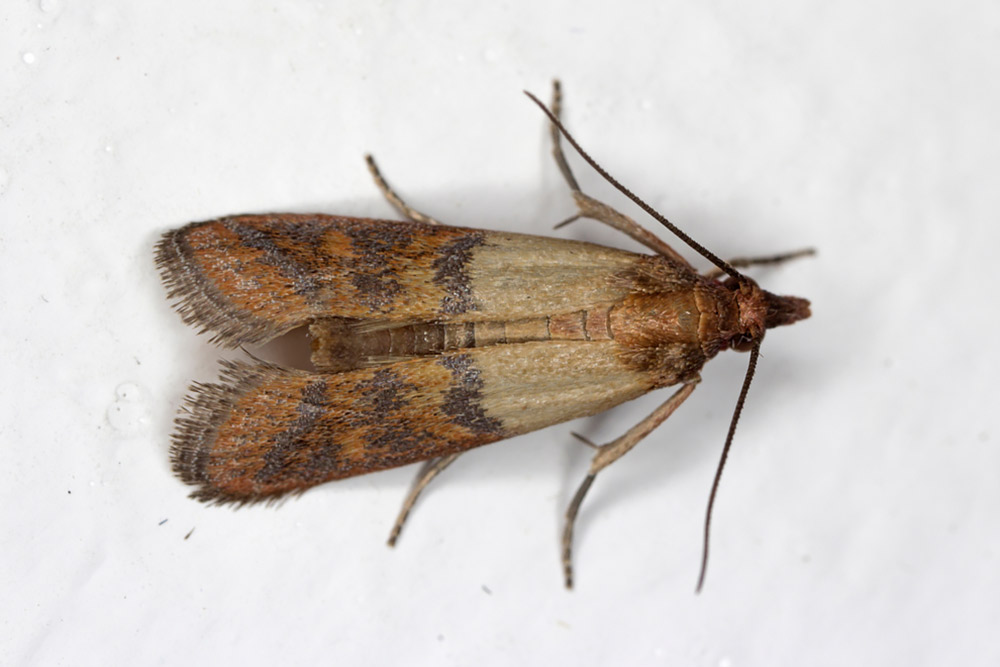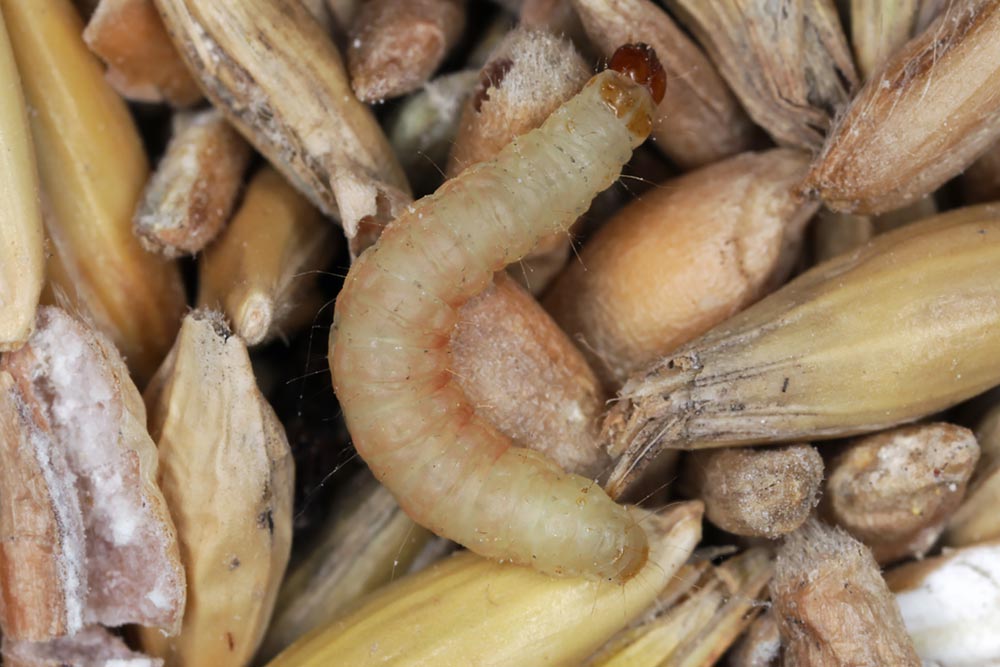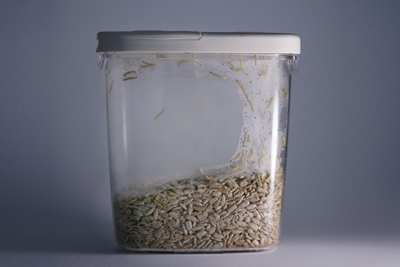What Are Pantry Moths?
If you are finding little moths flying around your kitchen cupboards, webs inside of a bag of flour, cereal, dog food, or nearly anything else in your pantry, you have an infestation of pantry moths. Also known as the Indian-meal moth, these pests most likely fond their way into the kitchen cupboard along with your packaged food brought from the shops. Despite the name Indian-meal moth, these insects are native to North America. The larvae look like tiny, beige worms, while the adult moths are brownish-grey, around 12 mm long.
- WHERE CAN YOU FIND THEM?
- SIGNS OF INFESTATION?
Pantry moths lay eggs in corn meal, cereal, flour, and other dry goods, including pet food. These pests most likely found their way into your home as eggs inside a bag of flour or some other grain-based food. While sitting on your shelf, the eggs hatched into larvae, which will then begin to feed. Be aware that the larvae can migrate throughout your pantry. Once an infestation gets a foothold, pantry moths can be very hard to get rid of.
You’ll sometimes see the larvae or webs, or, you’ll open the package and little brown moths will fly out. Also, the larvae will spin webs to form a cocoon, before emerging as an adult moth, so you may also find webs inside of your food packages.
The larvae can chew their way through paper and plastic bags, thus, spreading throughout your pantry. If these pests spread beyond your food pantry, they can eat their way through your home’s fabrics and upholstery. The fact is, they can eat just about any plant-based material, such as cotton and linen.
How Do You Get Rid of Pantry Moths?
First, throw away any infested dry goods straight out to the curb. Next, inspect every bag and box in your cupboard for tiny holes; anything that looks like it may have been chewed into must be thrown away. Put the rest in the freezer for four days to kill any eggs or larvae.
Next, you’ll need to do a deep cleaning of your shelves. Pull up any shelf paper and replace it. Wash everything down with soap and hot water or a vinegar solution. Vacuum thoroughly, to pick up any eggs. Finally, store your dry goods in glass, metal, or hard plastic containers with tight lids.
Since these insects live in and around your food, you can’t use insecticide. If the infestation persists, you may need to call in a professional exterminator who knows the right products to use.







